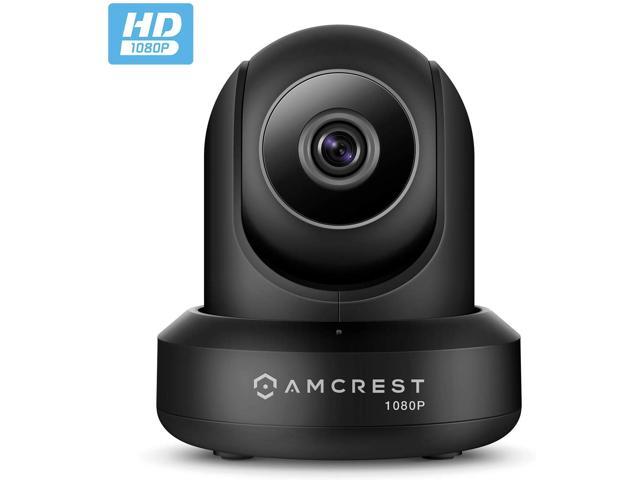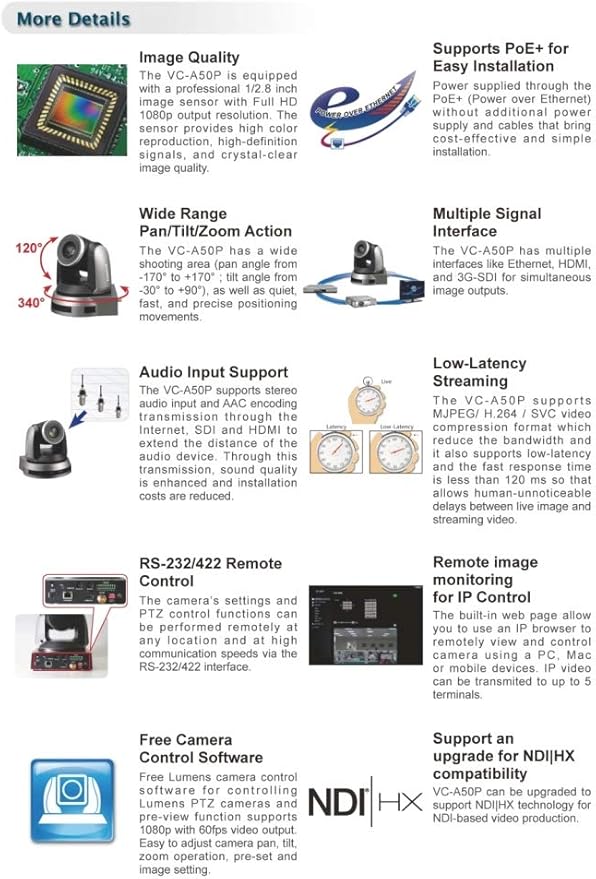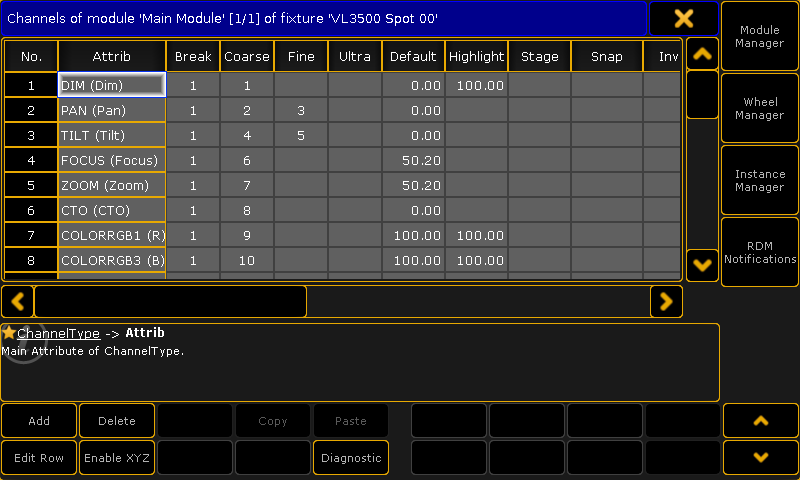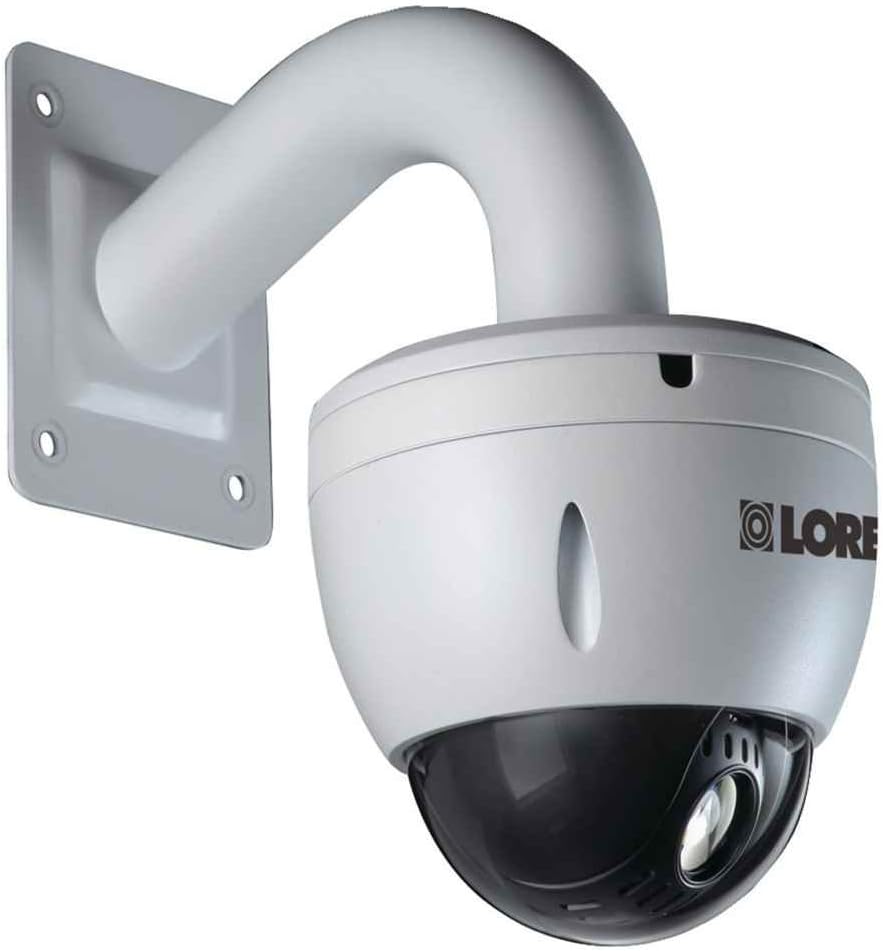Pan Tilt Roll Definition
They are commonly referred to as robos an abbreviation of robotic camera.
Pan tilt roll definition. The range of the tilt movement is very important as it controls your ability to capture shots above or below the drone. A roll movement indicates a rotation about the front axis. Pan and tilt cameras are cameras that are capable of performing pan and tilt operations. Moving the camera lens to one side or another.
Closed circuit television inspection cctvi has enabled trenchless inspection of all sizes of pipelines with ease. Tilting is a cinematographic technique in which the camera stays in a fixed position but rotates up down in a vertical plane. For rotations in three dimensions the so called euler angles are used. A camera pan is horizontal movement in which the camera moves right to left from a central axis.
Noun films television a mounting device on which a camera may be rotated in a horizontal plane pan or in a vertical plane tilt. Taken from the word panorama the physical position of the camera itself does not move. A pan tilt zoom camera ptz camera is a camera that is capable of remote directional and zoom control. Look to your left then look to your right that s panning.
Tilting is similar to the motion of an individual raising or lowering their heads. In television production ptz controls are used with professional video cameras in television studios sporting events and other spaces. A tilt pitch movement means that the camera would rotate about the side axis to point up down or at any angle in between. You might pan across the audience at a wedding to show all the people there.
A tilt shot is shot that uses a cinematographic technique called tilting in which the camera stays fixed but rotates up and down on a vertical plane. It is distinguished from panning in which the camera is horizontally pivoted left or right. You might pan from one character to someone who walks through the door to elevate the tension that wouldn. This is different than the panning of a camera which also sits on a fixed but moves left to right.
This helps the operator to focus on specific areas to gain a better idea of the condition of the inside of a pipe. This differs from dolly shots in which the mounting system itself moves.









































